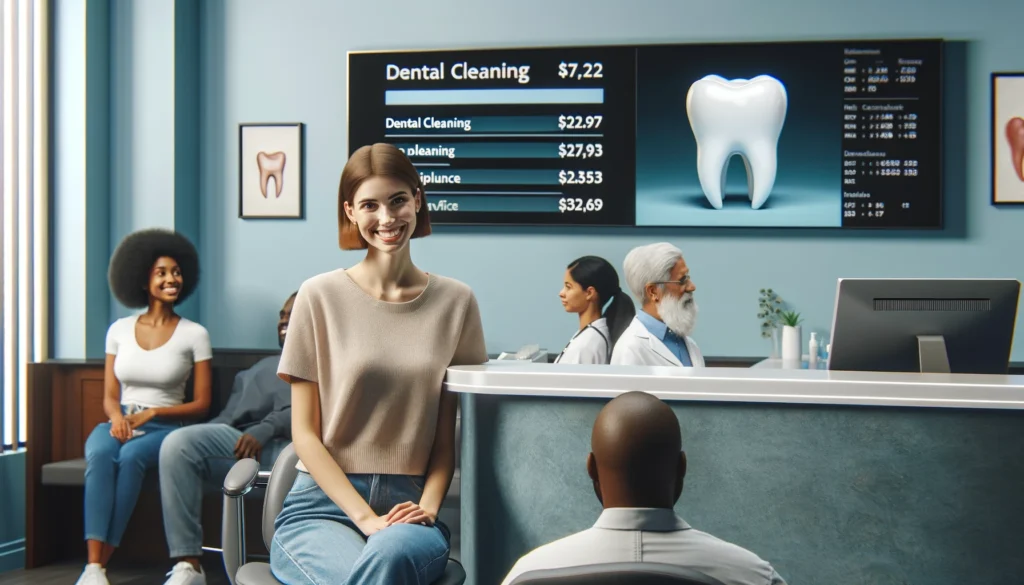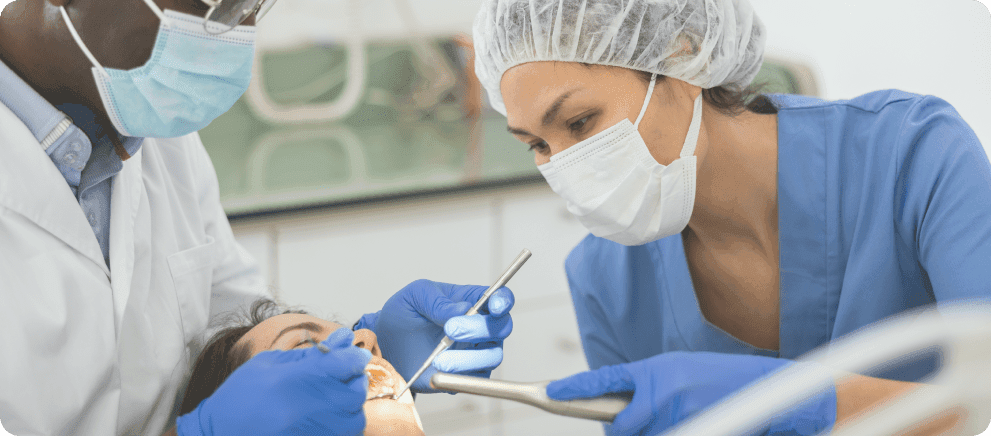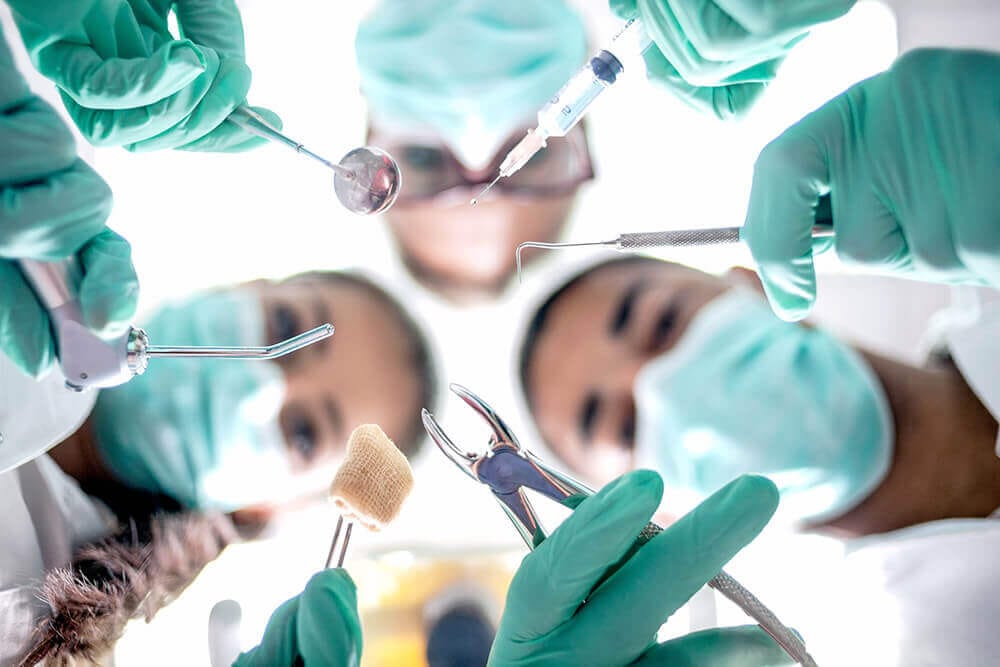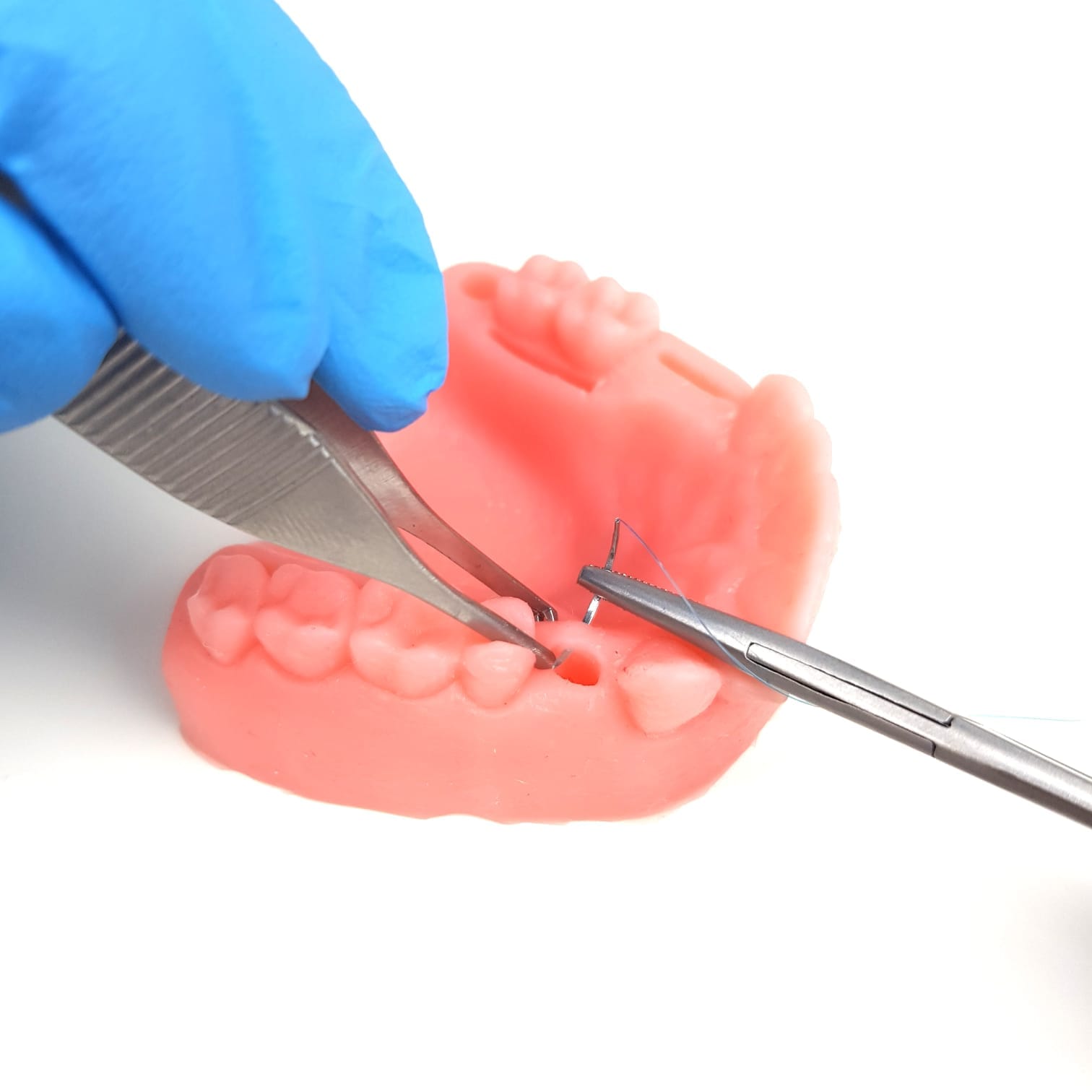As we navigate the evolving landscape of healthcare, dental health remains a crucial component of our overall well-being. However, stepping into 2024 reveals a troubling trend: the financial barriers to accessing essential dental care, especially for individuals without insurance, are becoming more pronounced.
The Rising Costs of Dental Care for Uninsured Individuals
The Financial Burden of Dental Care
Recent studies indicate a significant and consistent increase in dental care expenses, presenting a daunting challenge for uninsured individuals. Currently, the average cost of a dental cleaning for those without insurance hovers around $150. Yet, this figure varies widely based on location; in urban areas or regions such as the Northeast and West Coast, costs can exceed $200 per session. This disparity highlights the financial strain many face when trying to maintain their oral health.
Key Factors Influencing Dental Cleaning Costs
Several critical factors contribute to the overall cost of dental cleanings:
- Location of the Clinic: Urban clinics often charge more due to higher operational costs, including rent and staff salaries.
- Dentist’s Experience: More experienced dentists typically command higher fees, reflecting their advanced skills and established trust within the community.
- Type of Cleaning Required: Standard cleanings are generally more affordable than deep cleanings, which are necessary for treating gum disease and can significantly raise costs.
- Clinic Amenities: Clinics that offer advanced technologies and luxurious amenities may charge higher prices to reflect the enhanced patient experience.
Understanding these factors is essential for those seeking affordable dental care options. By recognizing regional variations and specific elements that influence costs, individuals can make informed decisions about their dental health.
Exploring Affordable Dental Care Options for Uninsured Individuals
The Challenge of Accessing Affordable Care
For many uninsured individuals, finding affordable dental care can feel like navigating a complex maze. With rising service costs, it’s crucial to identify pathways that offer quality care without financial strain.
Community Dental Clinics: A Beacon of Hope
Community dental clinics provide accessible services at reduced rates, often adjusting costs based on income levels. Funded primarily by government programs and non-profit organizations, these clinics aim to bridge the gap in dental care accessibility.
Dental Schools: Affordable Care Meets Education
Dental schools offer another invaluable resource. Here, students perform dental services under the supervision of experienced faculty. This not only provides patients with low-cost options but also offers students practical experience, benefiting both parties.
Discount Dental Plans: Simplifying Savings
Discount dental plans present a straightforward way to save on treatments. By paying an annual fee, members gain access to reduced rates across participating clinics, making dental care more financially manageable.
Negotiating with Dentists: Personalized Solutions
A less conventional but effective strategy involves negotiating directly with dentists. Open discussions about financial situations can lead to discounts or flexible payment options, as many dentists are willing to accommodate patients’ needs.
Addressing Dental Care Affordability Through Policy and Personal Action
A Dual Approach to Reducing Costs
To tackle the challenge of making dental cleanings affordable for uninsured individuals, a comprehensive strategy is essential—one that combines policy interventions with personal initiatives.
Policy Interventions: Building a Foundation for Change
Key policy changes can significantly mitigate high dental care costs:
- Expanding Public Insurance Programs: Broader coverage criteria and comprehensive benefits ensure preventive services like cleanings are covered.
- Providing Subsidies: Financial aids can help offset costs for uninsured individuals through direct subsidies or tax incentives.
- Supporting Community Clinics: Increased funding for community clinics enhances low-cost service availability in underserved areas.
Personal Initiatives: Empowering Individuals
On an individual level, navigating dental care affordability requires informed choices:
- Explore affordable options like community clinics and discount plans.
- Stay informed about dental health to make better decisions regarding personal care.
- Advocate for accessible care by participating in community health forums or engaging with policymakers.
Conclusion: Ensuring Access to Essential Dental Care
As we confront the complexities surrounding dental care costs in 2024, it’s vital that we prioritize oral health as a community. By leveraging affordable options and advocating for comprehensive policy changes, we can overcome financial barriers and ensure everyone has access to necessary dental care. At Xhaowen Dental Blog, we remain committed to providing you with the latest insights and resources to help you maintain optimal oral health and well-being. Together, we can work towards a future where quality dental care is accessible to all.
What is the average cost of a dental cleaning without insurance in the U.S.?
The average cost typically ranges from $90 to $120, but this can vary based on location, the type of cleaning, and the dentist’s experience.
Are there any affordable alternatives to dental insurance for cleanings?
Yes, alternatives include dental discount plans, visiting dental schools for low-cost services, utilizing online deals, and attending community health events offering affordable dental care.
How can location affect the cost of dental cleanings?
Urban areas and major cities often have higher dental cleaning costs due to increased living expenses and overhead costs, compared to rural areas.
What additional costs can be expected during a dental cleaning visit?
Additional costs can include treatments for plaque and tartar build-up, comprehensive exams for new patients, and procedures like deep cleaning if required.
Can negotiating with my dentist help reduce the cost of a dental cleaning?
Yes, many dentists are open to negotiation, especially for regular patients, those who can pay upfront, or those who commit to multiple appointments.














